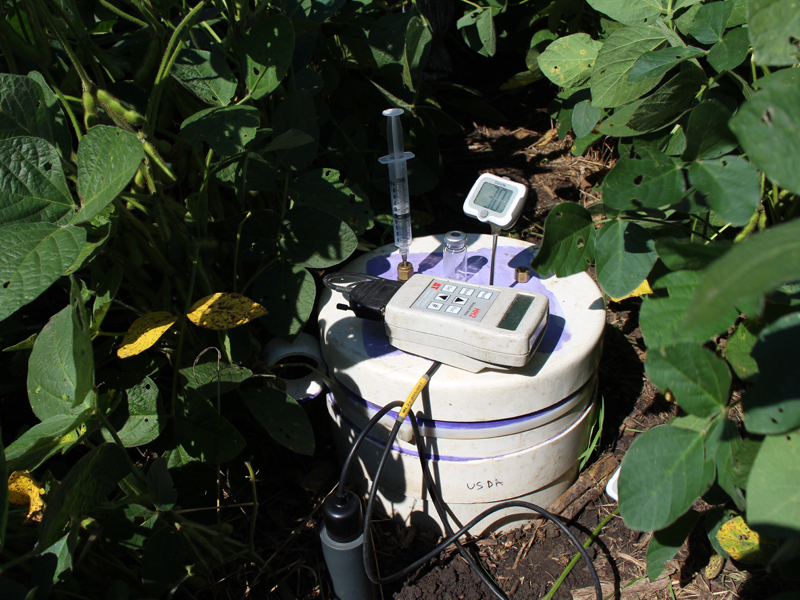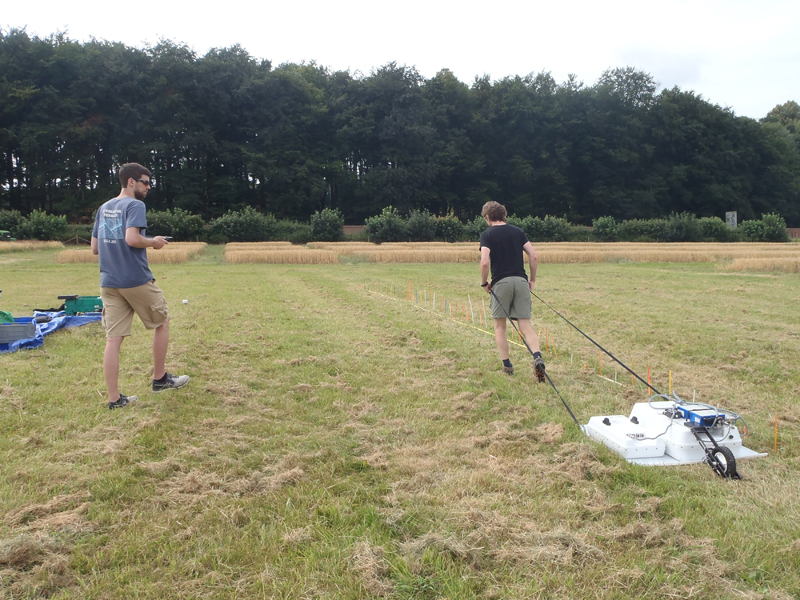Soil Science

Warren Dick has worked with gypsum for more than two decades. You’d think he’d be an expert on drywall and plastering because both are made from gypsum. But the use of gypsum that Dick studies might be unfamiliar to you: on farmland.

When you think of China, do you think of potatoes? Maybe not, but in the Loess Plateau region of northwestern China, potato is the main food crop.


The Food and Agriculture Organization of the United Nations estimates that around 45 million tons of phosphorus fertilizers will be used around the world in 2018. Much will be applied to soils that also received phosphorus fertilizers in past years.

According to a new study, much of that could be unnecessary.

In a newly published study, researchers dug into how fertilizing with manure affects soil quality, compared with inorganic fertilizer.


Ground penetrating radar isn’t something from the latest sci-fi movie. It’s actually a tool used by soil scientists to measure the amount of moisture in soil quickly and easily.


A (wo)man is only as good as his or her tools. In the case of soil scientists, they are only as good as the tools and methods they use. And when it comes to estimating soil organic carbon stocks, new research shows not all tools give the same results.


Add just enough fertilizer, and crops thrive. Add too much, and you may end up with contaminated surface and groundwater.


Healthy soil contributes to healthy crops. Farmers know this, so they do what they can to ensure their soil is in good shape. They send samples of their soil for lab testing to find out if it is low in any important nutrients. If it is, they can take steps to improve the health of their soil. These might include adding fertilizers or growing cover crops that feed the soil.


When you think of a radish, you may think of the small, round, crunchy, red-and-white vegetable that is sliced into salads. You might be surprised to learn that a larger, longer form of this root vegetable is being used in agriculture as a cover crop.


As the growing season progresses, you might not notice much about what’s happening to plants under the soil. Most of us pay attention to new shoots, stems, leaves, and eventually the flowers and crop we intend to grow. We might think of roots as necessary, but uninteresting, parts of the crop production process.

